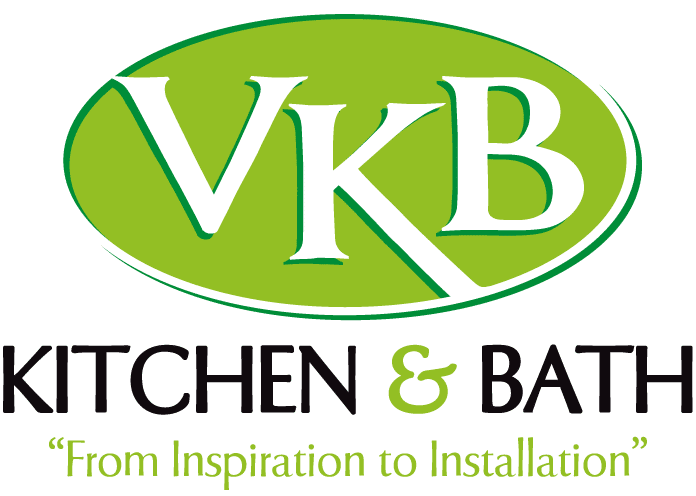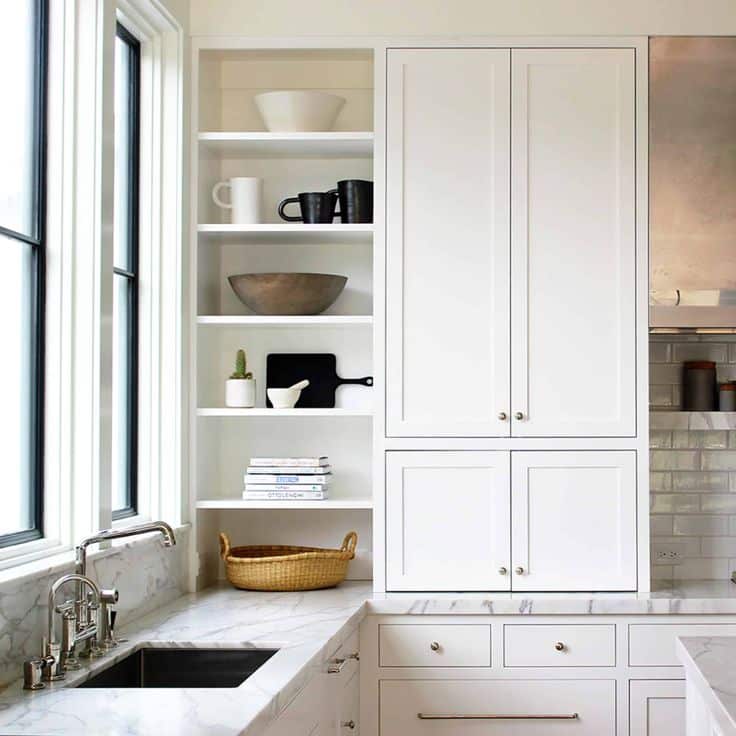Flooring for your kitchen may be the last thing on your mind when planning a renovation, but it is as important as the layout and appliances. The floor is what you and your family’s feet touch while in the kitchen. It has to withstand things being dropped, dripped, splashed, and rolled on it. It also has to withstand years of use. But of course, it should also look nice while serving its primary functionality. Before deciding on a floor, there are a few things to think about.
Type of Use
The kitchen floor must be able to take years of use and abuse. A household full of people going in and out of the kitchen needs to be studier than one made for single-person use. Similarly, a kitchen with children will need to have very study floors that can handle banging pots and pans, accidentally dropped dishware, and frequent spills. Having pets means needing a floor that does not scratch easily and is simple to clean. The types of use will get can depend on the location of the kitchen relative to other rooms. Oftentimes the kitchen leads to a garage and in that case, there will likely be much more traffic. If the kitchen leads to a laundry room then it might be susceptible to moisture or leaking water at times.
Look and Feel
After noting what kind of use your floor will go through, look and feel is the next important decision. Do you want a softer floor that feels nice to walk on, but scratches more easily or would you rather have a more durable floor that can be uncomfortable after long periods of use? Do you want specific colors, perhaps to match granite countertops or will anything do? Do you want something that will last years without having to be sealed regularly? Each type of floor has its own unique characteristics that you will need to choose from.
Floor Types
Ceramic tile is a classic choice that will stand up to most anything while looking nice. It is especially useful for kitchens that receive high amounts of traffic, even with dirty feet and shoes. Tiles can come in endless colors, shapes, sizes, patterns, and textures, so there will always be a perfect match for any style of kitchen. Decorative borders and designs can be opted for if you desire a little bit of extra flair. The downside to ceramic floors is that they can be slippery when wet, hard to stand on for long periods of time, and the grout will need to be sealed periodically. Porcelain tiles are similar to ceramic, but are even harder. These tiles can even be made to look like wood or marble with the use of high-definition printing techniques.
Hardwood flooring is another popular choice due to its warm look and softer feel than stone tiles. However, they are better for homes with less traffic because they are easily scratched and susceptible to water damage. While they do need to be sealed, wood floors only require resealing about every 5 or 6 years and may be waxed or oiled in between to keep them looking shiny and new.
Another floor type which is commonly found is laminate because of its affordability. It can imitate wood, stone, or other flooring types and can be installed directly over existing flooring. While it does scratch, it is not as prone to scratching as wood flooring is. Unfortunately, laminate flooring can warp with water damage and cannot be refinished. Because of this, laminate floors will not last as long as the more durable flooring materials and will need to be replaced once damage is bad enough.
Up next is vinyl. Vinyl flooring also comes in many colors and patterns, but is durable and will last a long time, unlike laminate floors. It can come in tiles or cut sheets and be installed over the existing floor. And, unlike stone floors, it is easier to stand on for long periods of time. There are two big downsides to vinyl: they easily scratch and they release harmful volatile organic compounds (VOCs) into the air, primarily after installation, due to their manufacture from polyvinyl chloride (PVC).
Lastly, there are a few other more non-traditional flooring types such as concrete, cork, and limestone. Each offers a set look. For instance, concrete is extremely durable and resistant to water damage, but it is also extremely hard to walk on. Cork is soft and water-resistant, also reduces floor noises. It comes in many colors as well. As a natural stone, limestone gives the kitchen an old-world look, but is very porous and has to be sealed on installation and then twice a year after that.
All in all, there are many types of floors to choose from and, depending on your situation, there is definitely one that will work for your kitchen renovation project.
Want to learn more? It’s time to rethink your kitchen island.



